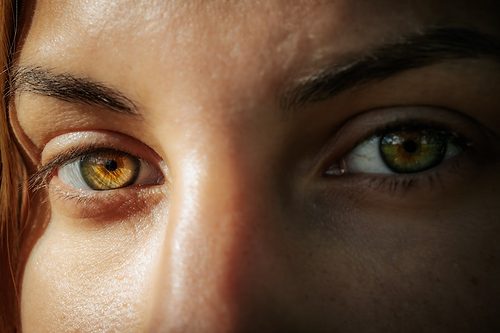General Psychiatry
Dystonia
November 29, 2023
CARBAMAZEPINE (Epitol, Equetro, Tegretol, others) Fact Sheet [G]
November 29, 2023
N-ACETYLCYSTEINE (NAC) Fact Sheet [G]
November 29, 2023
DEXTROAMPHETAMINE (Dexedrine, Dextrostat, Liquadd, ProCentra, Zenzedi) Fact Sheet [G]
November 29, 2023
ILOPERIDONE (Fanapt) Fact Sheet
November 29, 2023
Dry Mouth (Xerostomia)
November 29, 2023
ALPRAZOLAM (Xanax) Fact Sheet [G]
November 29, 2023
Akathisia
November 29, 2023
ANTIHISTAMINES (Diphenhydramine others) Fact Sheet [G]
November 29, 2023
Excessive Sweating (Hyperhidrosis)
November 29, 2023

_-The-Breakthrough-Antipsychotic-That-Could-Change-Everything.jpg?1729528747)



